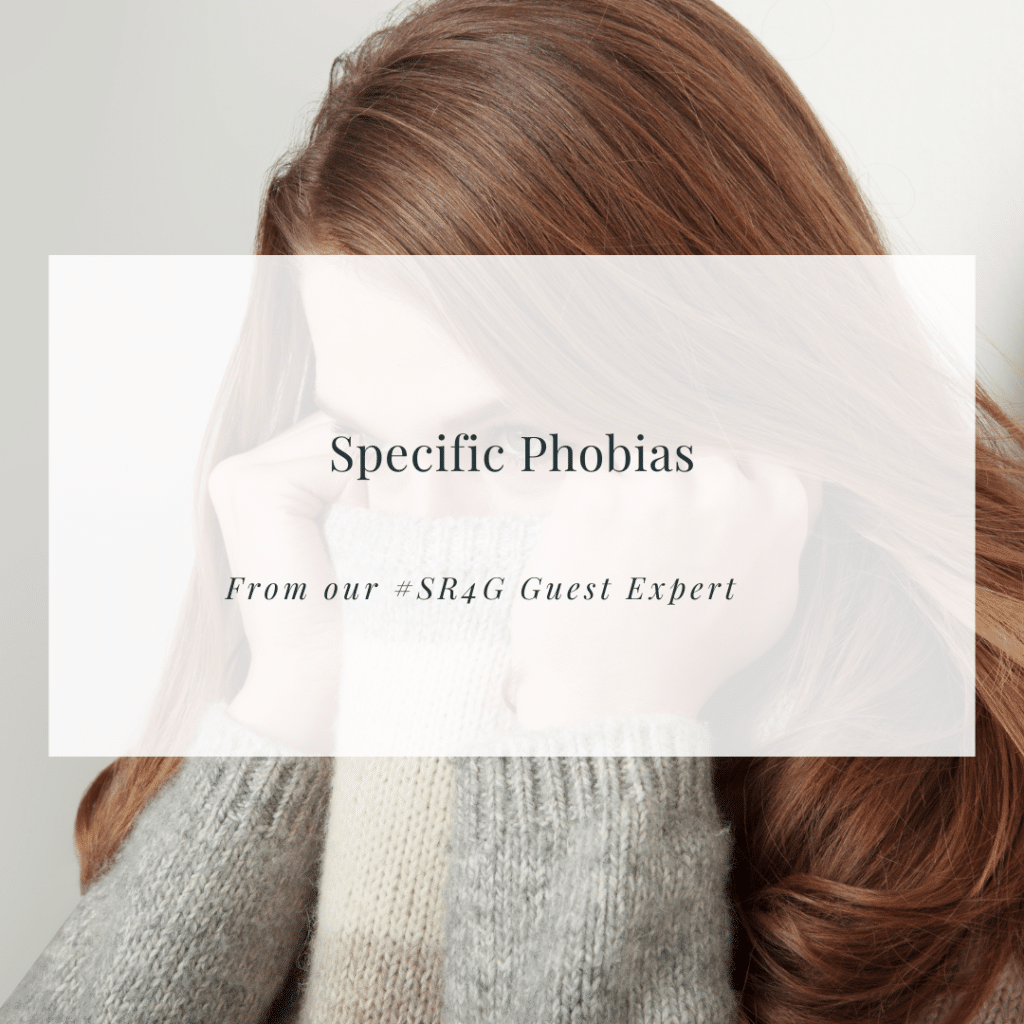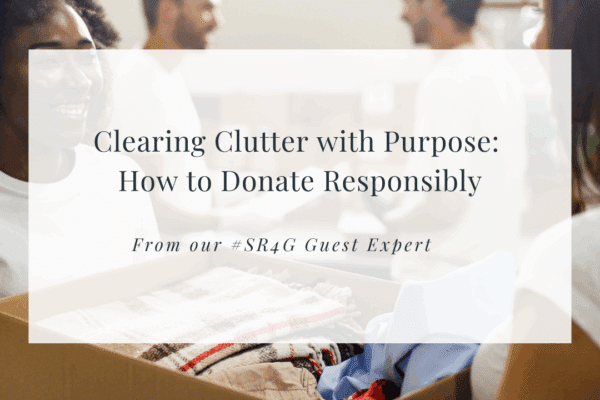
Many of us can relate to feeling scared in certain situations such as getting a shot or vaccine at the doctor’s office, coming across a creepy crawler in our home, experiencing severe weather, and/or being really high up. While many individuals are able to overcome these fears and move on from them without disruption to their lives, some people get stuck in fear regarding a specific situation, object, or animal and it completely takes over their life.
Specific Phobias are characterized by excessive fear or anxiety about a specific object or situation that is out of proportion to the actual threat posed by the object or situation within the sociocultural context. Individuals with specific phobias will almost always feel immediate fear when the object or situation is encountered and they may avoid the object or situation or feel they must endure the object or situation with intense anxiety. Specific phobias are persistent, lasting 6 or more months, and cause significant distress and impairment in functioning. Some common specific phobias include:
Animals (spiders, insects, dogs)
Natural environment (heights, storms, water)
Blood-injection-injury (needles, blood, medical procedures)
Situational (airplanes, elevators, enclosed spaces)
Choking, vomiting, or fainting
Individuals with specific phobias differ from individuals with generalized anxiety disorder in that their fear is specific and not generalized. Specific phobias differ from just not liking certain situations, animals, or objects in that individuals with specific phobias perceive these situations or objects as threatening, feel fear, and then use excessive, unnecessary measures to cope with their fear. This can manifest in many ways, including but not limited to, avoiding the situation or object completely, avoiding any situations or objects that are similar to the phobia or reminders of the phobia, excessively looking/checking for signs or symptoms of the situation or object (hypervigilance), planning excessively for the next time they may encounter the situation or object, only doing certain things or going certain places with a safe person or with unnecessary safety objects, and more.
Of note, some individuals with blood-injection-injury phobias also experience vasovagal syncope, or fainting when they encounter blood, injections, needles, injuries, and/or medical procedures. Talk to your primary care provider if this happens for you in order to rule out any possible underlying medical conditions. While vasovagal syncope in and of itself is not typically dangerous, fainting can lead to injury from falling down. This can be a scary experience, and it is treatable using a technique called Applied Tension. Applied Tension prevents blood pressure from dropping which helps to keep blood flowing to the brain and prevent fainting.
Specific phobias are treatable using Exposure and Response Prevention (ERP) therapy. Gradual exposure to feared situations or objects without using avoidance or safety behaviors helps individuals learn that the situation or object they fear is not actually dangerous, that they can tolerate the anxiety and discomfort, that anxiety does not last forever, and that avoidance and safety behaviors are unnecessary. This experiential learning helps individuals gain mastery over their anxiety, build confidence, and experience freedom from their phobia.
If you or a loved one are in need of emergency/crisis support, call 988 to be connected to a mental health crisis line, call 911, or go straight to your nearest emergency room department. You can also text “HELP” to 741741 or call the National Suicide Hotline number at 1-800-273-8255. Walk-In Counseling Center in Minneapolis and Walk-In Crisis Services at Urgent Care in St. Paul both offer free walk-in therapy services.
References:
American Psychiatric Association. (2022). Diagnostic and statistical manual of mental disorders (5th ed., text rev.). https://doi.org/10.1176/appi.books.9780890425787
Mayo Clinic (2023, March 2). Vasovagal syncope. https://www.mayoclinic.org/diseases-conditions/vasovagal-syncope/symptoms-causes/syc-20350527
Disclaimer: This newsletter is a brief synopsis of information about specific phobias that is intended for informational purposes in order to spread awareness, decrease shame, and increase hope for those impacted by phobias. This newsletter may not apply to every individual in every context. Every individual is unique and newsletters cannot speak to all of the nuances and complexities of human nature. This information is not intended to replace therapy or recommendations from healthcare providers. Seek an assessment from a trusted mental health professional for recommendations specific to your needs.



